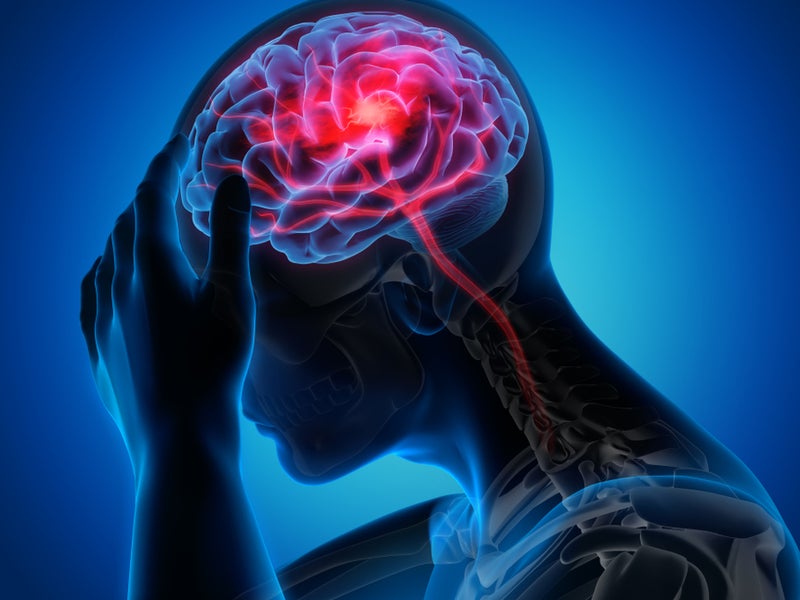
The US Food and Drug Administration (FDA) has granted 501(k) clearance to radiology company Aidoc’s AI-based system for the detection of large-vessel occlusion (LVO), ischaemic strokes that result from a blockage in one of the major arteries of the brain.
The clearance marks the company’s fourth FDA-approved AI package and its second for stroke, having previously received clearance for an AI module that flags and prioritises intracranial haemorrhage.

Discover B2B Marketing That Performs
Combine business intelligence and editorial excellence to reach engaged professionals across 36 leading media platforms.
The two stroke modules provide a comprehensive AI package for the identification and triage of both ischaemic and haemorrhagic stokes in computerised tomography (CT) scans.
During a stroke nearly two million neurons and 14 billion synapses die each minute, meaning fast diagnosis and treatment is critical.
While it is possible to clear occlusions in the brain’s arteries using thrombolysis or mechanical thrombectomy, haemorrhage must be ruled out first, so the faster the nature of a patient’s stoke can be identified the more likely they are to survive without serious neurological impairment.
Aidoc’s AI continuously scans images for ischaemic and haemorrhagic stroke, automatically moving suspected cases to the top of radiologists’ worklists and helping them to distinguish between the two so they can decide on the most appropriate course of action.

US Tariffs are shifting - will you react or anticipate?
Don’t let policy changes catch you off guard. Stay proactive with real-time data and expert analysis.
By GlobalDataInitial research performed by the University of Rochester Medical Center showed Aidoc’s ability to reduce the turnaround time for emergency room patients with intracranial haemorrhage by 37%.
Cedars-Sinai Medical Center Department of Imaging co-chair Dr Marcel Maya said: “Stroke is the ultimate time-critical condition. The faster we can identify, diagnose and treat it, the better the outcome for patients.
“Aidoc’s comprehensive stroke package flags both large vessel occlusion and haemorrhages inside our existing workflows, ensuring we can diagnose stroke faster and decide on the best course of treatment. We’re already seeing how this has a positive impact on department efficiency and patient length of stay.”



